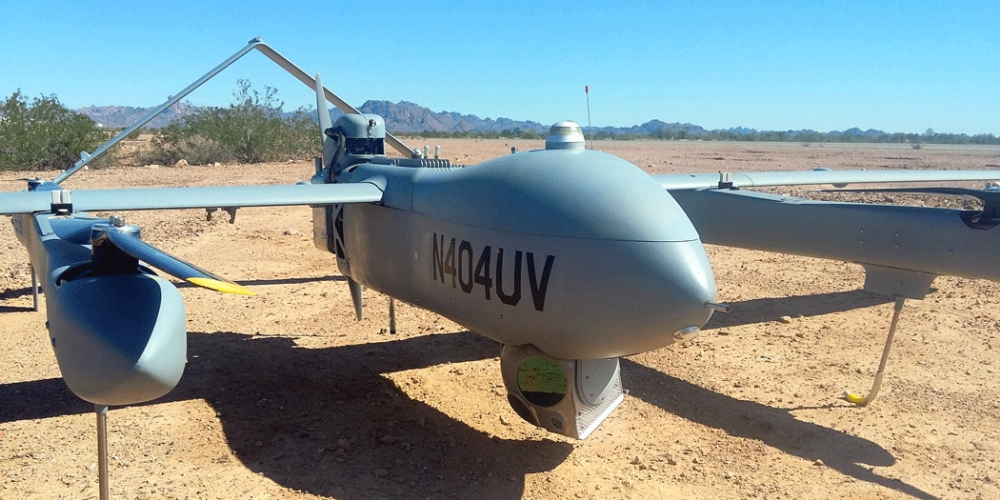
Textron’s Aerosonde HQ is a possible replacement for the company’s Shadow UAV. Its hybrid quadrotor technology makes it runway-independent and capable of vertical takeoff and landing
Textron has confirmed that it has completed test flights of the Block III upgrade configuration for its Shadow UAV, which when introduced will add more capability and reliability to the U.S. Army’s in-service fleet.
Conducted at White Sands Missile Range in New Mexico, the five-week test campaign completed last has proven the viability of the upgrade, which includes a new engine, enhanced video payload, more durability in the design for use in adverse weather conditions, and advanced communications relay capability.
A so-called engineering change proposal for the Block III configuration is now being coordinated with the army, ahead of an expected rollout to the in-service Shadow fleet in 2020. “We, in partnership with the U.S. Army, are working on a proposal to outline the hardware and software,” David Phillips, senior v-p and general manager for Textron Systems (Static A2), told AIN.
Via the upgrade, Shadow will be able to operate in two inches of rain per hour—a fourfold increase from its previous capability—which “really opens up the envelope in which it can operate,” Phillips said.
It will carry the L3 Wescam MX-10 electro-optical/infrared payload, which Phillips said is “one of the most notable upgrades.” This offers enhanced image collection capability for the UAV, while a Joint Tactical Radio System will enable communications relay.
The Shadow has been criticized for its noise signature, which is targeted by the new engine configuration that will reduce the sound made by the powerplant.
“This is good given the number of covert missions that the UAV has to fly,” Phillips noted, adding that it is also more reliable and produces more horsepower.
Furthermore, the army is assessing systems that have been downselected as possible replacements for Shadow, for which Textron’s new Aerosonde HQ design is one of the options. Under the Future Tactical Unmanned Aircraft System program, Textron and Martin UAV are competing—the latter with its V-Bat system—and both have been awarded contracts to operationally test their respective systems with brigade combat teams over a one- to two-year period.
Source: AIN
